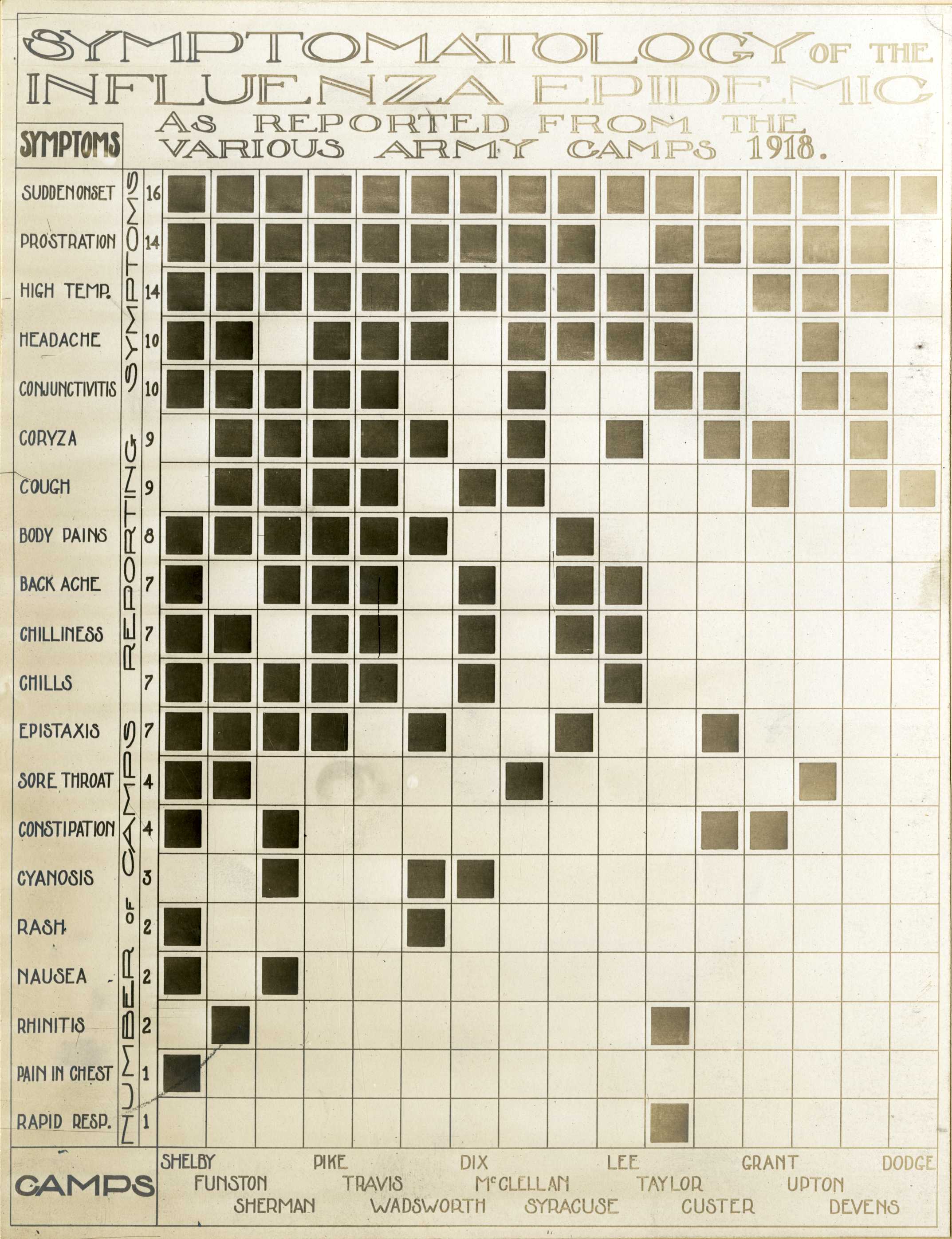
Photo from academic.microsoft.com
Data used to estimate the burden of diseases (BOD) are usually sparse, noisy, and heterogeneous. These data are collected from surveys, registries, and systematic reviews that have different areal units,… Click to show full abstract
Data used to estimate the burden of diseases (BOD) are usually sparse, noisy, and heterogeneous. These data are collected from surveys, registries, and systematic reviews that have different areal units, are conducted at different times, and are reported for different age groups. In this study, we developed a Bayesian geo-statistical model to combine aggregated sparse, noisy BOD data from different sources with misaligned areal units. Our model incorporates the correlation of space, time, and age to estimate health indicators for areas with no data or a small number of observations. The model also considers the heterogeneity of data sources and the measurement errors of input data in the final estimates and uncertainty intervals. We applied the model to combine data from nine different sources of body mass index in a national and sub-national BOD study. The cross-validation results confirmed a high out-of-sample predictive ability in sparse and noisy data. The proposed model can be used by other BOD studies especially at the sub-national level when the areal units are subject to misalignment.
Journal Title: Statistics in medicine
Year Published: 2020
Link to full text (if available)
Share on Social Media: Sign Up to like & get
recommendations!